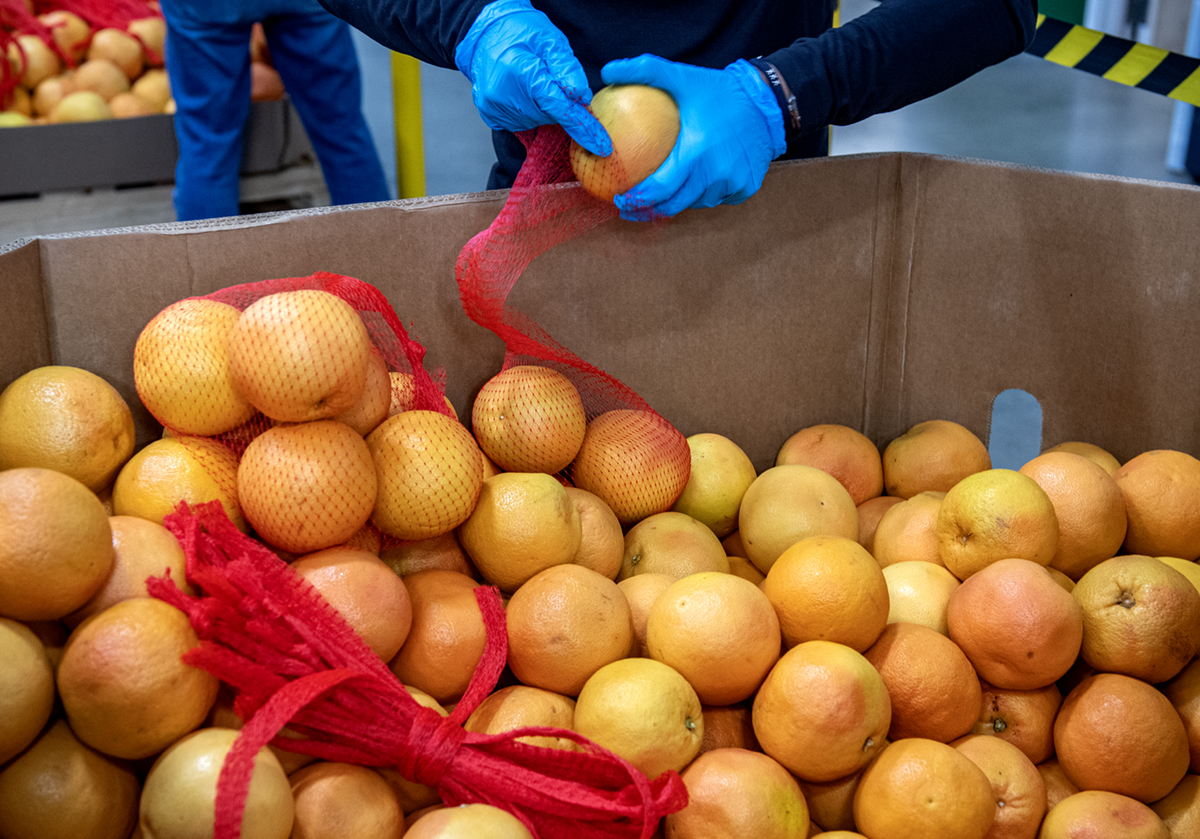A program that offers CalFresh recipients an extra $60 a month to spend on fresh produce at participating stores and farmers markets is restarting thanks to renewed state funding.

A program that offers CalFresh recipients an extra $60 a month to spend on fresh produce at participating stores and farmers markets is restarting thanks to renewed state funding.
